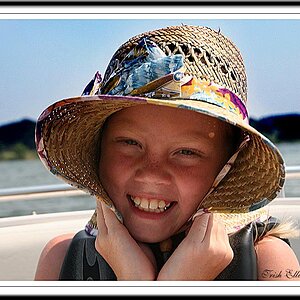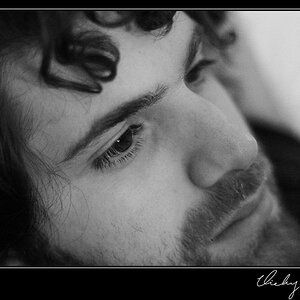I've only been a member for about two weeks, and I have learned A LOT! Here are a few shots from around the ship. I have no way of editing or processing photos. All I can do is shrink the photo in Paint so I can upload it. A few I like, a few I dislike. Still learning. After viewing these, I am going to try to re-shoot most of them. Anyway, I am more than open to your thoughts and advice. Thanks for looking.
In the two photos of the passageway I was trying to capture the length of the p-way because it runs almost the entire length of the ship. In the second one, I tried to focus on the fire hoses to create DoF...the photo is not level, I know, but any suggestions?
In the two photos of the passageway I was trying to capture the length of the p-way because it runs almost the entire length of the ship. In the second one, I tried to focus on the fire hoses to create DoF...the photo is not level, I know, but any suggestions?


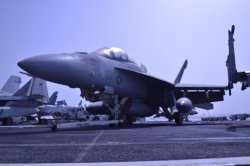
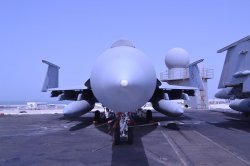
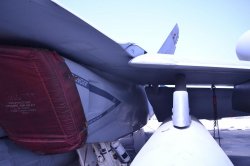
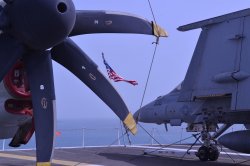
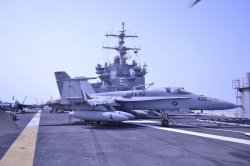
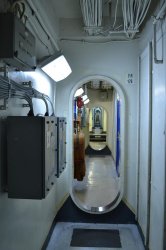
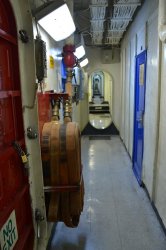

![[No title]](/data/xfmg/thumbnail/42/42277-63576745f84be96df79b94ca0f49e00b.jpg?1619740085)
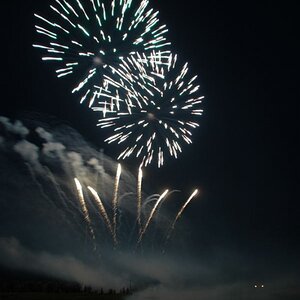
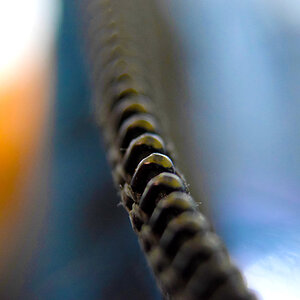
![[No title]](/data/xfmg/thumbnail/42/42276-99df5da06c3e5dc83ae4bab11e935910.jpg?1619740085)
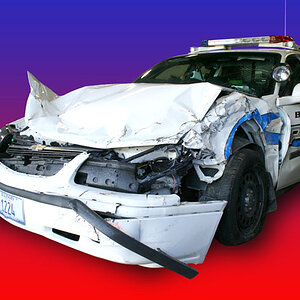
![[No title]](/data/xfmg/thumbnail/42/42273-78c0ae886bd5e6d47580353f398c92b9.jpg?1619740082)
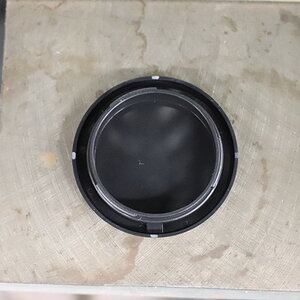
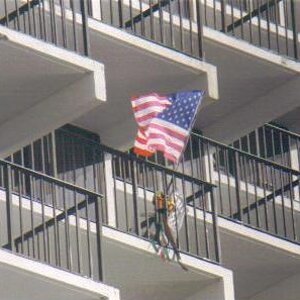
![[No title]](/data/xfmg/thumbnail/42/42274-5bec1b32caba5fed4a680bc5be4d0202.jpg?1619740083)
